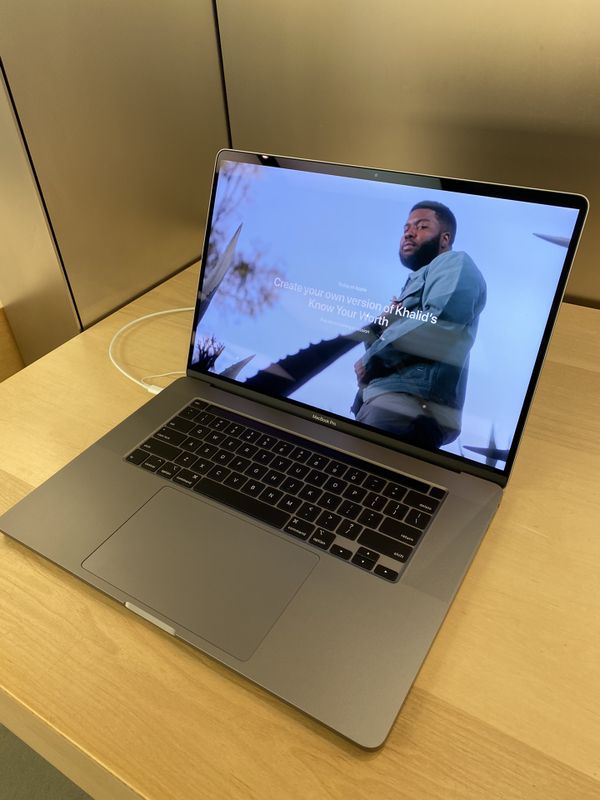

Takes longer to Hibernate and boot back up than Sleep Mode.Freezes all progress securely on the hard drive.Where Sleep Mode is instant, Hibernating can take a few moments. The key difference is that it will take most computers a little while (several seconds to a few minutes) to build the Hibernation File and reboot it again when you’re ready to resume your work. Like Sleep Mode, Hibernate allows you to save all of your progress and essentially resume your work on the exact screen that was showing before you stepped away. It’s similar to when you save your progress in a video game and then shut the console down.
#Macbook no sleep option software
All of your progress, open data, and running software are packaged in a Hibernation File which is stored on the hard drive. Putting your computer into Hibernation completely shuts it down and draws no power at all. Hibernate and Sleep are similar on most laptops, at first glance, but there are some key differences that make Hibernate a better choice for certain situations. Sleep can also be enabled from the Start menu (Windows) and the Apple menu (Macs). Most laptops will go to Sleep when you close the lid. The good news is that a majority of laptops (including Macs) will usually enter some form of Hibernation after a few hours in Sleep mode in order to preserve battery and back up your work.

For example, if you’re traveling and your laptop won’t be plugged in for several hours or even a couple of days, Sleep Mode could gradually drain the battery. Sleep is not a great option when you don’t have access to a power source. On most computers, you’ll just have to open the lid or hit the Power button to instantly restore your screen exactly as it was when you left. Sleep Mode is the best option when you’ll want to pick up exactly where you were within the course of a few hours.
#Macbook no sleep option full

WIth all of your progress saved securely in the RAM, everything is recalled almost instantly when you wake the computer up with a touch of the Power button. The RAM continues to stay “awake” and draw power from the battery or outlet, while the rest of the computer shuts down (the processor, the hard drive, attached drives, etc.). It’s the fastest and most convenient power-saving option - most laptops these days automatically go to Sleep as soon as you close the lid.īut what is Sleep Mode? Sleep is a power-saving mode that stores all of your open files, software, and other data in the computer’s main memory, or RAM.
#Macbook no sleep option Pc
Whether you use a PC or a Mac laptop, Sleep Mode is a pretty universal option on most modern computers. Here’s our guide on when to put your laptop to Sleep, when to use Hibernate mode, and when to fully shut it down. So which one is best for your PC or Mac laptop? Is there a difference between Sleep, Hibernate, and shutting your computer down?Įach power-saving mode has its own pros, cons, and specific uses. Or you can manually put it into Hibernate mode. You can simply close your laptop and put it into Sleep mode - that’s usually the easiest thing to do. When it’s time to disconnect from your computer, there a few different options to consider.


 0 kommentar(er)
0 kommentar(er)
